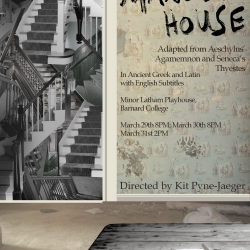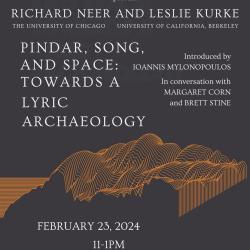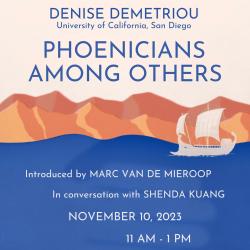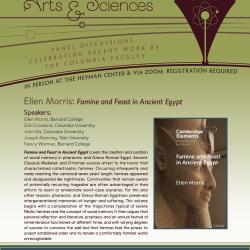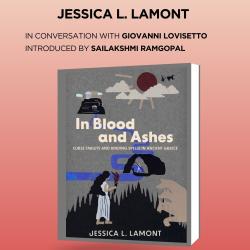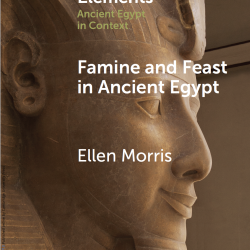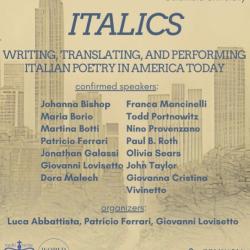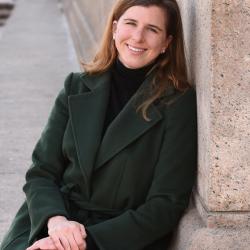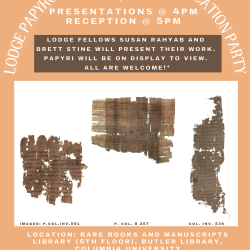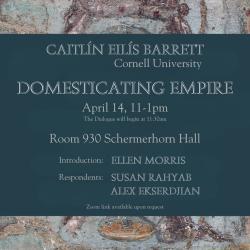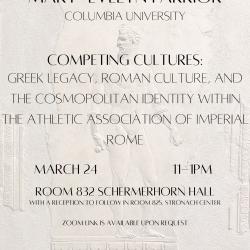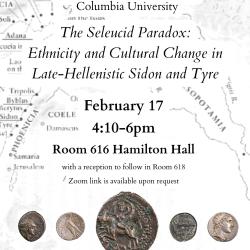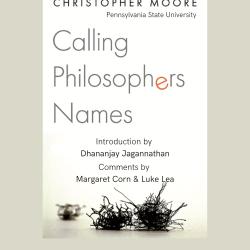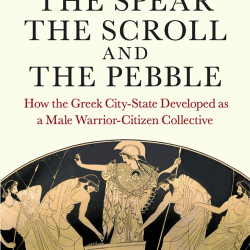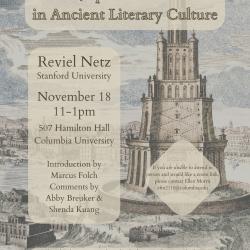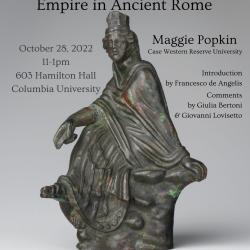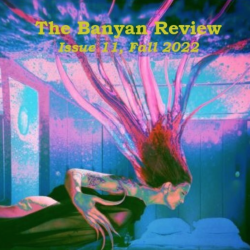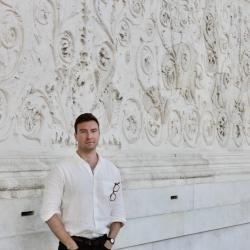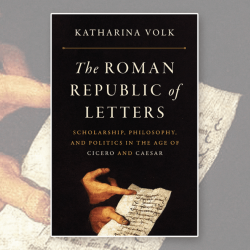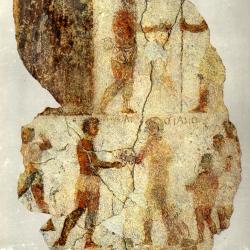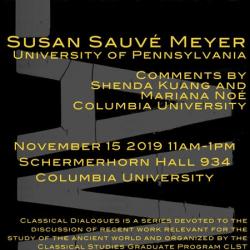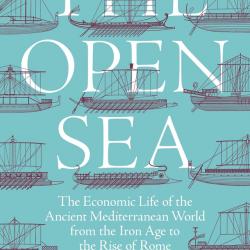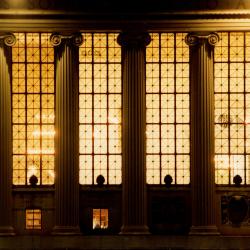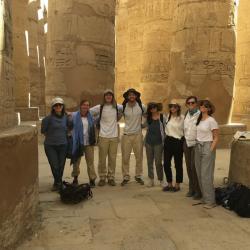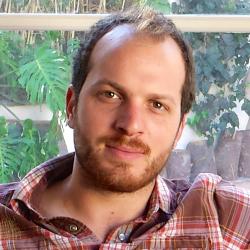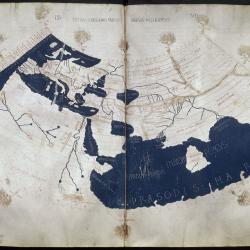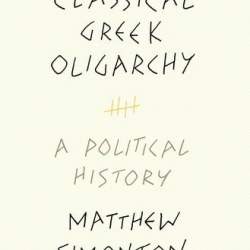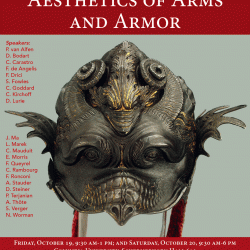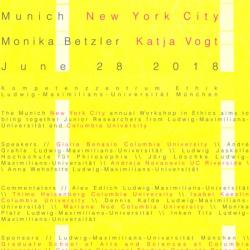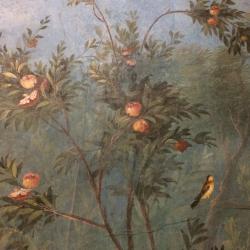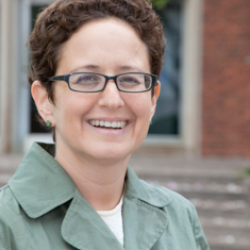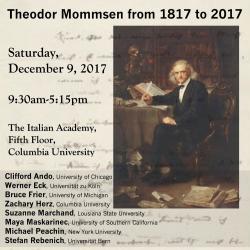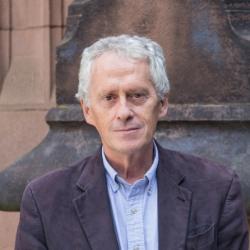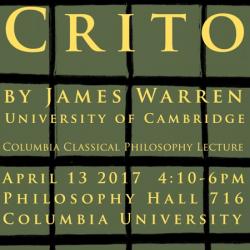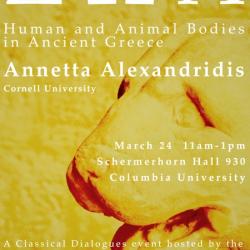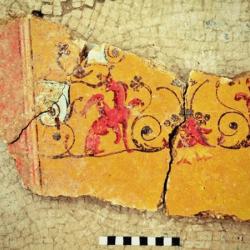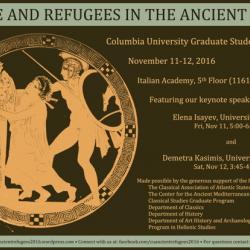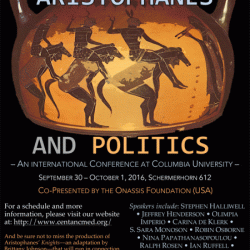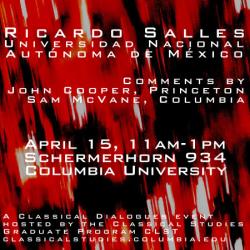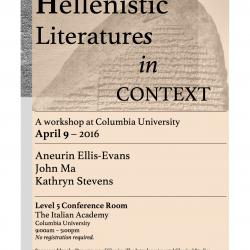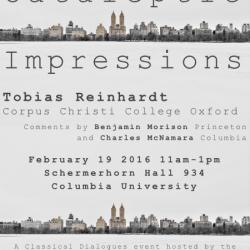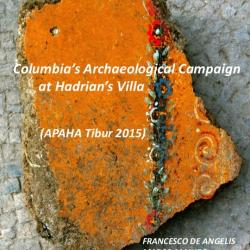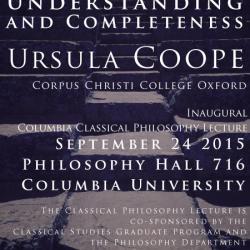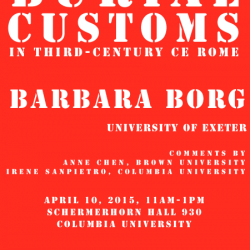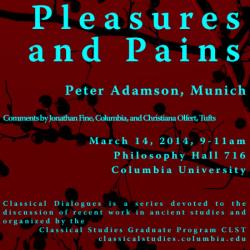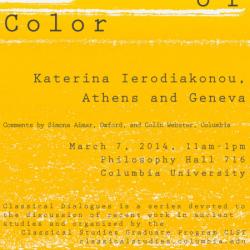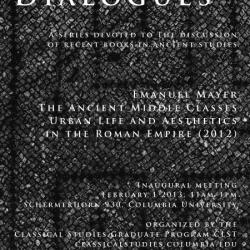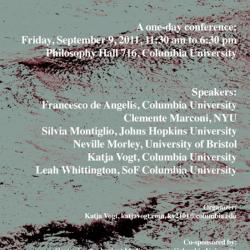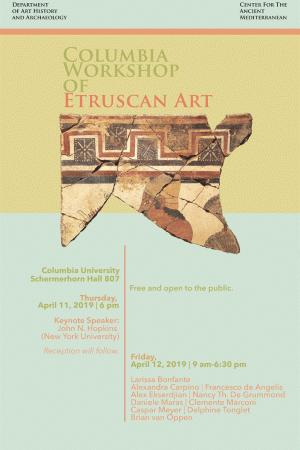The Columbia Workshop of Etruscan Art focuses on the arts and architecture of Etruria and Italy before the establishment of Rome’s hegemony as an artistic center within the peninsula, with the aim of bringing to full fruition their potential for scholarly study. It interrogates the aesthetic, historical, and epistemological richness of Etruscan visual culture in order to reflect on the current state of scholarship and identify new avenues of inquiry: Where does the study of Etruscan (and cognate) arts stand within the disciplinary landscape of Etruscology? And where does it stand with respect to the questions and issues pursued by the broader fields of the history of art and visual studies as they have been developing in recent decades? Where is it going — and where should it go?
The ambition of the workshop is to advance our understanding of the artistic and visual dimensions of pre-Roman Italy by promoting discussion and sustained reflection on their role within the field of Etruscan studies, but it does not prescribe a specific intellectual agenda. To address the aforementioned questions, it adopts an intentionally open-ended perspective and a multiplicity of formats: presentations of novel findings that invite us to reconsider our assumptions about art historical developments; case studies suggesting new methodological and theoretical approaches; surveys of past scholarship concerning both specific and general aspects of Etruscan art; discussions of ongoing research projects, collective and individual, with a prevailing art historical focus; and so on.
This year, the workshop will: examine the interactions among the manifold artistic traditions that were at play in the Orientalizing period; address the historical implications for ancient painting of the stunning terracotta plaques from Caere, recently retrieved from the illegal art market; explore the heuristic productivity of the notion of entanglement when applied to artistic exchanges as they are made manifest in ceramic typologies; identify past trends and future directions of the study of engraved mirrors; adopt an anthropological and contextualizing approach to understand the aesthetic impact of the human bodies decorating Etruscan candelabra; and reflect on the relationship between the history of Etruscan art and ancient art more generally. Furthermore, the keynote talk will suggest innovative ways of conceptualizing early Roman art through the ideas of folded temporalities and cultural connections




















